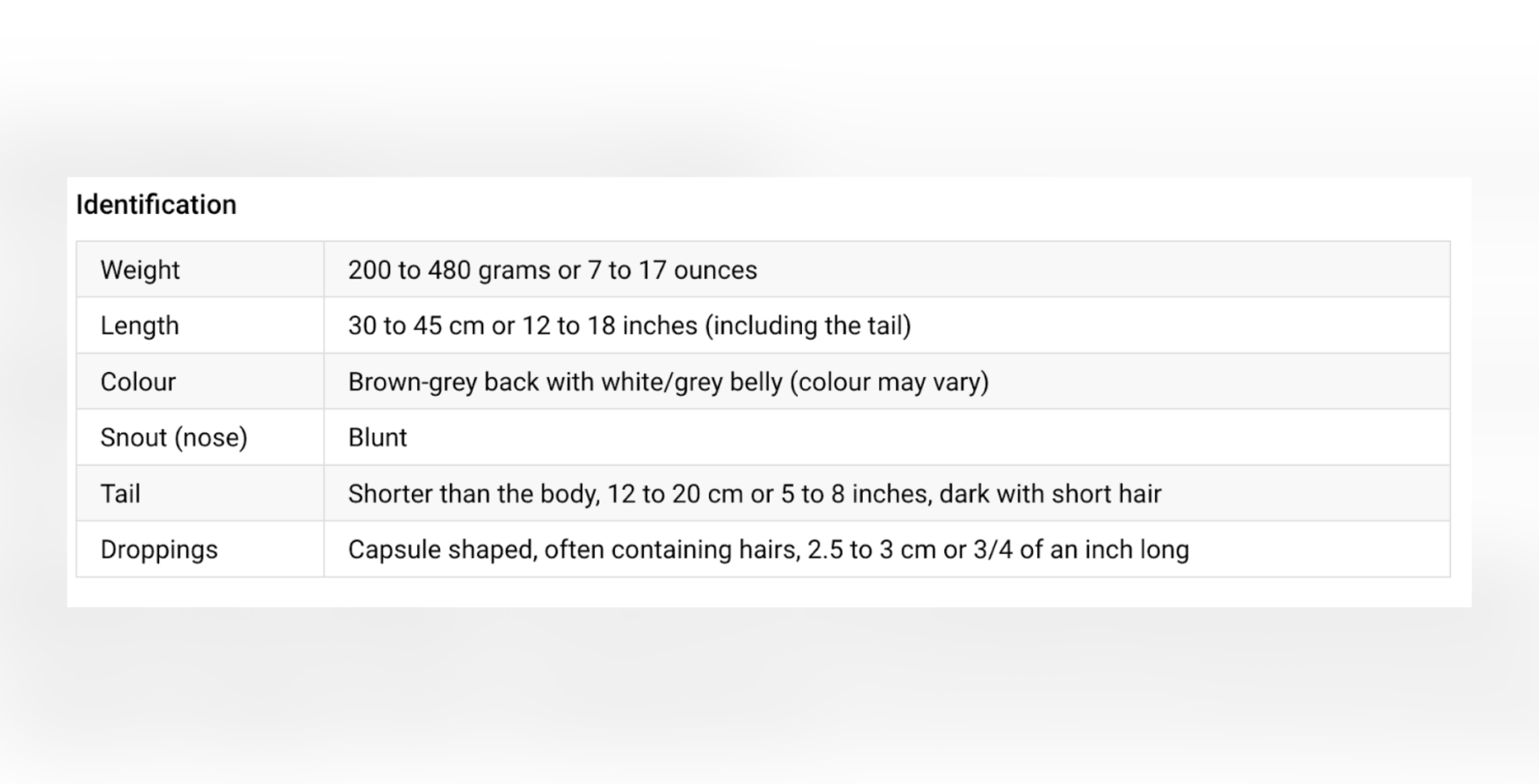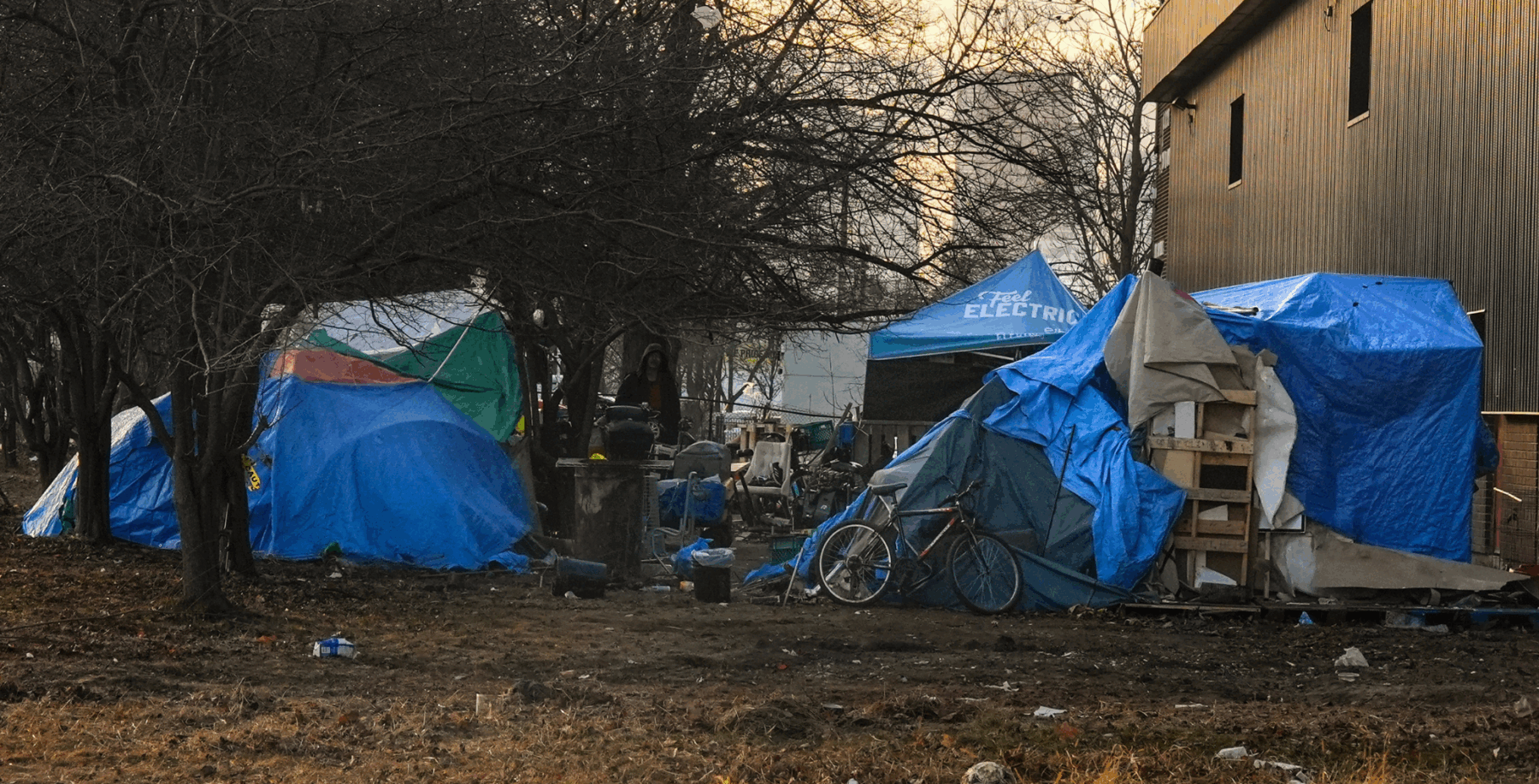
A Toronto entomologist says the city needs a public, integrated rodent management system as two councillors address complaints of rats in their wards.
According to a letter penned by Deputy Mayor Amber Morley and City Councillor Alejandra Bravo to the Infrastructure & Environment Committee on July 2, people in both councillors’ constituencies have reported concerns about rats in their neighbourhoods.
Morley and Bravo represent the Etobicoke-Lakeshore, and Davenport wards, respectively.
“Large rat populations have become an increasing challenge for a number of complex reasons,” their letter said.
Read More
“This is a multifaceted problem that requires collaboration across City divisions. We’re proposing that an upstream prevention and action-focused plan is needed if we want to reduce the number of rats and their impacts on households and businesses in our local communities,” it continued.
City council will address this motion at the next meeting on July 24.
Dr. Alice Sinia, an entomologist with Orkin Canada, a pest and wildlife control service, told Now Toronto that the city’s rodent population has “been growing steadily over the years,” which she attributes to the growth in residents.
“It [Toronto] is a densely populated city, with an increased human population, which leads to increased human activity. This can translate into increased construction, being residential or commercial. Construction disturbs rodent ecosystems, it forces or flushes them out of their natural environment and consequently they will have to look for habitats to occupy which means entering people’s homes or business, libraries, school etc.,” Sinia said.
Increased garbage output also provides food resources for rodents in turn sustaining and building populations, she explained.
Other contributing factors suggested by Sinia include, poor street garbage disposal or improper disposal, poor garbage receptacle designs that make rubbish readily accessible to rodents, and warmer winters allowing rodent populations to survive, among others.
HOW TO SPOT A RAT PROBLEM
Rats often cause damage to property, contaminate food and spread disease and
are drawn to large urban centres because they offer food and shelter.
They tend to live in burrows under or near ground level close to buildings and are excellent swimmers, climbers and jumpers, according to the city.
Rats are capable of scurrying up to 100 feet from their nests and are most active at night, though they are more likely to be seen in the day if a large infestation is present.
They travel in repeated pathways to and from their habitats, and gravitate towards tight, narrow and dark routes that run along the sides of buildings.
“Signs of a rodent infestation may include any of the following: actual sightings of rats, rat droppings, holes or burrows in the ground, bite marks on wood, concrete, vegetables or garbage containers, tracks or pathways,” the city’s website says.

Rats also pose a plethora of health risks including diseases causing pathogens such as Leptospirosis, hantavirus, and some types of typhus.
HOW TO ADDRESS A RAT PROBLEM
Currently, the city does not offer pest control services, meaning residents and business owners who encounter a rodent infestation have to hire private pest control companies or rely on their landlords and building managers to address the problem. Tenants can also call 311 if the issue is left unresolved.
“Toronto lacks coordinated effective rodent control programs that would otherwise keep populations down especially on public lands and facilities and to Toronto residents, and for those that cannot afford to pay for pest control service,” Sina said.
Issues or complaints related to food premises can be directed to the Toronto Public Health DineSafe program.
Ontario food regulations require all food premises to protect against pests and to prevent conditions that attract them.
“Having a pest control plan is a very important step in operating a food premises. If pest control issues are not addressed, infestations can contaminate food or food contact surfaces which may result in a health hazard and cause illness,” the city’s website says.
WHAT CAN THE CITY DO ABOUT THE RAT PROBLEM?
While Sinia says there is no “magic solution,” she suggests governing bodies adopt an integrated approach to managing rat infestations. These strategies include
- Habitat reduction or modification, eliminating or reducing harbourage sites.
- Reducing food sources that support population and reproduction. This means implementing proper and effective garbage and waste management exclusion.
- Sealing entry points into structures, buildings and houses.
- Introducing city run rodent control programs to manage rodent populations on public property and to help the general public in need – homeless issues, overflowing street garbage etc.
- Addressing aging or unused structures that can be epi-centers for rodent activity
- Education of the general public on rodent issues.












